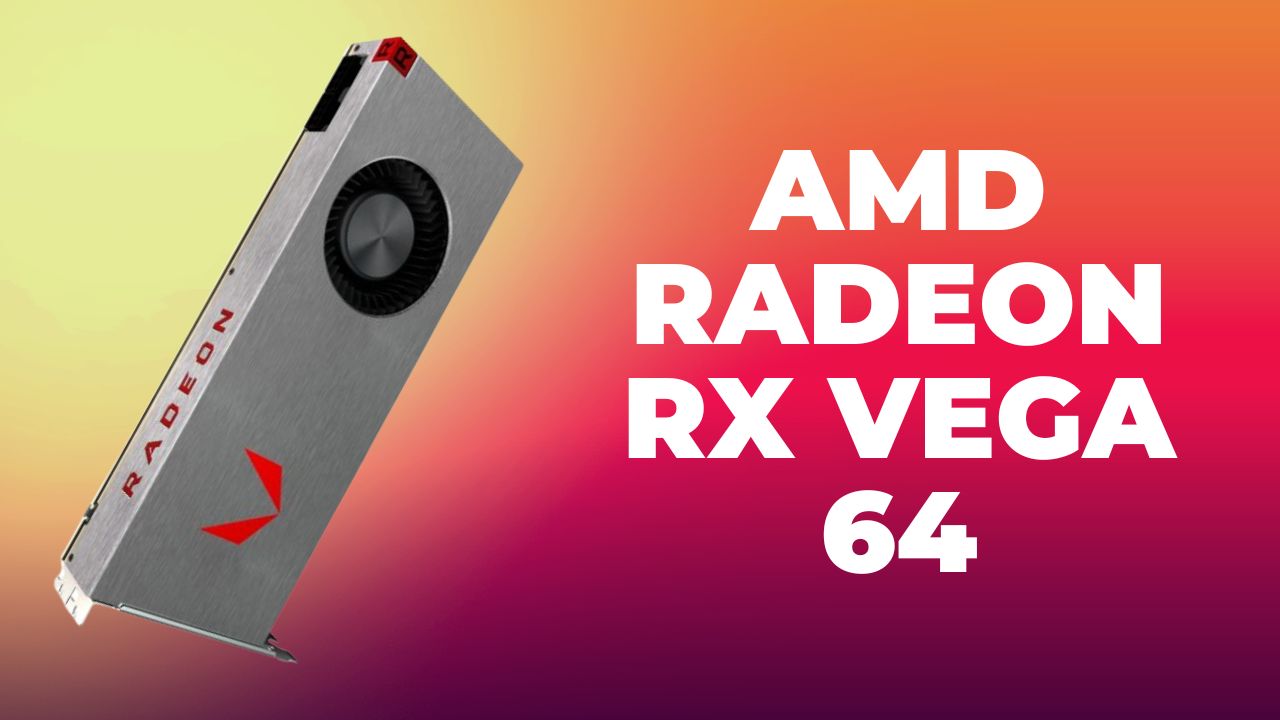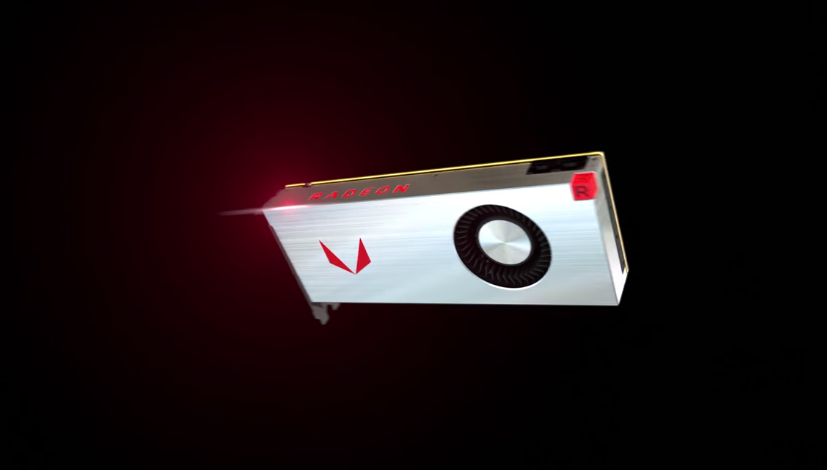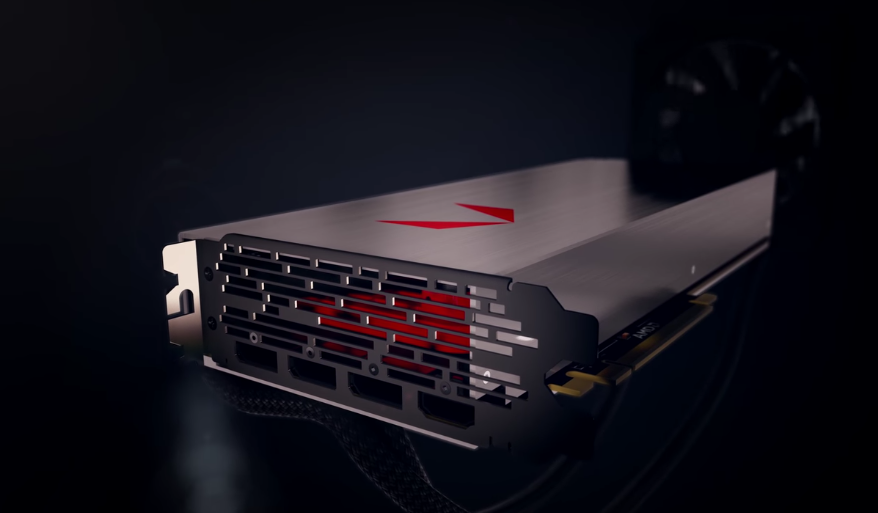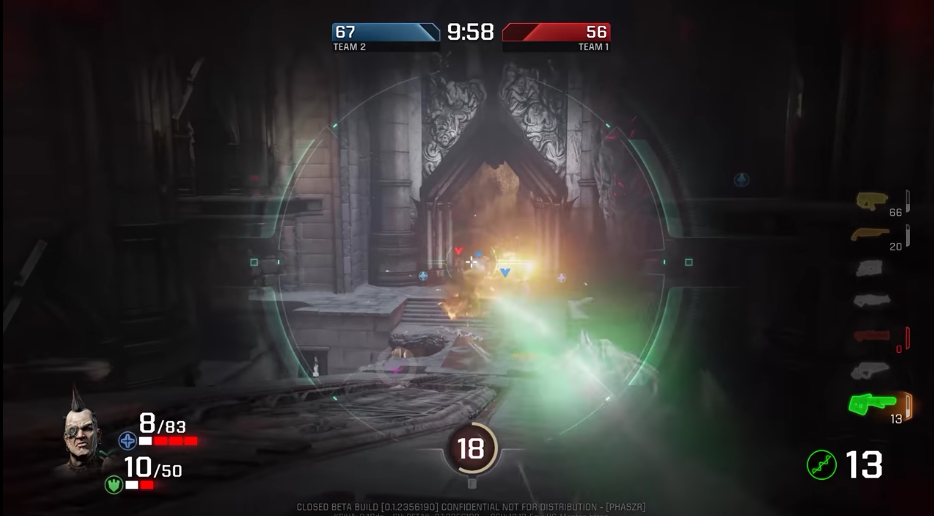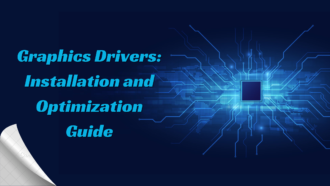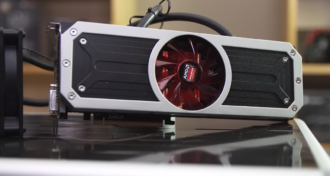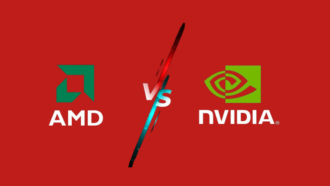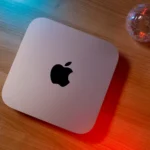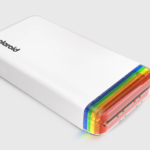Vega 64: Did It Age Better than GTX 10 Series?
AMD’s CPU performance has improved in 2017 after years of languishing behind Intel. Beyond a desktop Core i5, its FX range couldn’t compete with Intel. AMD’s Ryzen series, which debuted mid-March 2017, has revived desktop-CPU rivalry. From the entry-level Ryzen 3 1300X to the mainstream consumer Ryzen 5 1600X and Ryzen 7 1800X to the enthusiast/content creator Ryzen Threadripper 1950X, AMD’s desktop processors have outperformed Intel’s at lower prices.
Team Red’s game visuals have suffered in 2017. The Ethereum coin-mining/crypto-currency frenzy has helped the business sell graphics cards this year. AMD’s “Polaris”-based cards excel at coin mining, keeping its last-generation Radeon RX 480, 470, 580 (which we tested in the XFX Radeon RX 580 GTS XXX Edition $249.99 at Newegg), and 570 cards in short supply and mostly overpriced. Although the Radeon RX 500 cards are essentially improved versions of the mid-2016 Radeon RX 400 cards.
AMD Radeon RX Vega 64 Specifications
| Model | AMD Radeon RX Vega 64 |
| Manufacturing Process | 14nm |
| Stream Processors | 4,096 |
| GPU Base Clock | 1247 MHz |
| GPU Boost Clock | 1546 MHz |
| Graphics Memory Type | HBM2 |
| Graphics Memory Amount | 8 GB |
| HDMI Outputs | 1 |
| DisplayPort Outputs | 3 |
What Is In The Box?
- The AMD Radeon RX Vega 64 graphics card is the key draw for buying the device.
- Instruction manuals, quick start instructions, and other documents on installation, use, and troubleshooting.
- Some graphics cards have a CD or DVD with drivers and software. Users are increasingly downloading the newest drivers from the manufacturer’s website.
- Power adapters may be supplied to connect the graphics card to the power supply unit, depending on its power needs.
- If the graphics card includes HDMI, DisplayPort, or DVI outputs, adapters or cables may be supplied to connect to various monitors or displays.
- Manufacturers may add stickers, promotional materials, or other brand-related goods.
- High-end graphics cards may include backplates, cooling systems, or other additions to improve performance and aesthetics.
Game Benchmarks
Fortnite is an old yet fresh game since Epic upgraded it and transferred it to Unreal Engine 5. The DirectX 12 version of the game stutters while utilising Nvidia GPUs; thus, we tested using DX11. AMD has historically had trouble supporting DX11 in Fortnite, therefore the GTX 1080 easily crushes Vega 64 at 1080p. The 1440p findings are more intriguing. If we looked at the average frame rate, we’d say Vega 64 fares better at higher resolution, but 1% lows are still considerably lower, which causes Radeon GPU to stutter in Fortnite. In a recent head-to-head, we found the GeForce GPU underperforming in Hitman, much below expectations. AMD’s Vega 64 breaks the 60 fps barrier at 1440p and boosts performance by 40% while improving 1080p performance by 30%. This is useful for elderly Radeon.
RX Vega architecture
AMD previewed the Vega GPUs nearly a year before their release. Second-generation HBM2 RAM on the semiconductor package distinguishes these GPUs. It isn’t straightforward, but the GPU gets data faster and with less latency, so it’s never waiting. Through a 2048-bit interface, the GPU and RAM can communicate at 484GBps. HBM implementation is covered in our AMD Radeon R9 Fury review. AMD gave the Radeon RX Vega GPUs 8GB of HBM, up from 4GB in the first-generation Radeon R9 Fury cards, which was a significant drawback. The Infinity Fabric connection, introduced with this year’s Ryzen CPUs, will also underpin AMD’s forthcoming APUs with Vega graphics.
The Radeon RX Vega series has two GPUs: the Vega 64 we’re evaluating today and the somewhat smaller Vega 56. The former has 64 AMD Compute Units, whereas the Vega 56 has eight fewer. Each cluster has 64 programmable stream processors. The 14nm GPU package features 12.5 billion transistors. Radeon RX Vega 64 boosts to 1546MHz from 1247MHz.
Reference card Radeon RX Vega 64
AMD provided a reference air-cooled Radeon RX Vega 64 graphics card. AMD doesn’t offer this card in India. However, it’s equivalent to Sapphire or MSI cards. The more relaxed design is similar to the reference Radeon RX 480, although this card is more extended. This black boxy cooler with a dimpled front does not match Nvidia’s angular silver reference cooling. Sadly, the shroud is metal, but it can’t be told by looking. With one blower-style fan pushing hot air out the rear of your PC case, thermals are good, but the noise is awful. This card has a red Radeon logo at the end and a lit one on the side.
Overall Performance
To evaluate the Radeon RX Vega 64, we had to update our test bench’s power supply to AMD’s eye-popping 750W minimum. Antec generously provided an 850W HCG-850M completely modular High Current Gamer power supply. It operated smoothly during our tests and has enough power (plus some cool white fan LEDs). Our setup used conventional components that have performed well in prior tests, including the Asus ROG Strix Radeon RX 580 8GB OC. We utilised the Adrenalin Edition driver without Radeon Chill or other efficiency tweaks that might affect performance.
The traditional 3DMark Fire Strike and Time Spy tests hit the GPU with a constant workload that can be repeated and compared across products. We scored 15,689, 9531, and 5310 in Fire Strike standard, Extreme, and Ultra, and 6,575 in DX12 Time Spy. With instant improvements of 50% or more over the Radeon RX 580, the Vega 64 is comparable to the GeForce GTX 1080 and much below the 1080 Ti.
Unigine Valley averaged 74.1fps at 1920×1080 with 8xAA and Ultra quality. At 2560×1440, the score dipped to 47.8fps, and some screens were tearing. Ashes of the Singularity crashed on launch, preventing us from getting our regular figures. The synthetic benchmark in Metro: Last Light Redux gave us an astonishing 110.2fps at 2560×1440 with SSAA disabled on High. With SSAA enabled and everything settings maintained, the framerate dropped to 64.9fps. To push 4K, you must lower quality settings, which we don’t think is worth it.
GTA V includes a rigorous built-in benchmark, and playing it manually stresses any machine. The game ran well at 2560×1440 with FXAA. FRAPS showed steady frame-by-frame output at 93fps. All but one region stayed below 16.7ms for seamless 60fps gameplay. Increasing the resolution to 4K didn’t affect the average 79fps.
| PROS | CONS |
| High-performance computing | High power use |
| For 1440p and 4K gaming | Heats Up When Loaded |
| High-bandwidth 8GB HBM2 storage |
Should I Buy Vega 64?
AMD’s Radeon RX Vega line is a technological marvel, and we’re glad HBM’s work continues. Many games run fine; purchasers who don’t mind heat and noise may replace Nvidia. AMD’s Freesync and Radeon Chill driver and software features are appealing. We hope this architecture and its successors have more promise, and we’re hoping for AMD to terrify Nvidia next year because competition is always good for purchasers. Unfortunately, this graphics card is lacking for now. Power consumption may not be a significant concern when selecting a graphics card. Still, GeForce GTX 1080 and GTX 1070 cards, even the standard Founders’ Editions with blower-style cooling, are considerably more tuned.
FAQs
Does Vega 64 support 4K gaming?
The Vega 64 supports 4K gaming and performs well.
Does FreeSync work on Vega 64?
The AMD Radeon RX Vega 64 features FreeSync, which reduces screen tearing and stuttering for better gaming.
How does the Vega 64 compare to class GPUs?
The Vega 64 performs well among high-end GPUs. However, power usage and availability may matter.

